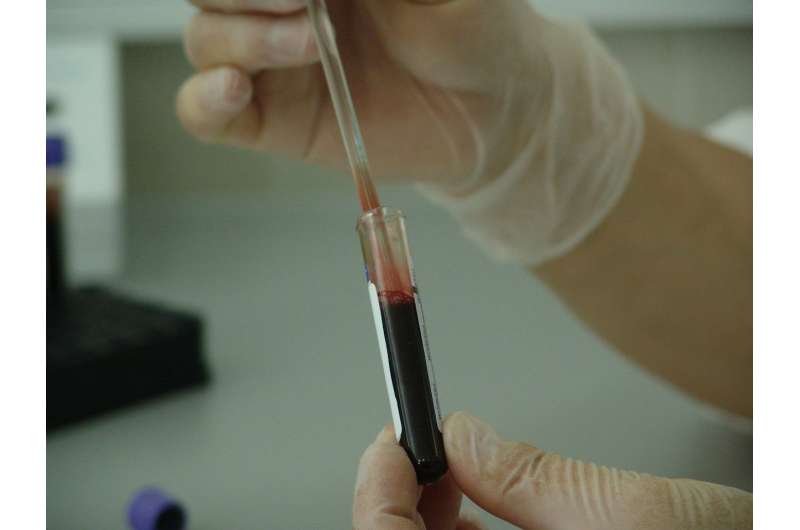Brain Changes with Age May Contribute to Reduced Exercise After 49, New Research Finds

As individuals age, a common observation is a decline in physical activity levels. Traditionally, this has been attributed to factors like loss of muscle mass, decreased strength, and mobility issues. However, recent research from Northeastern University suggests that changes in the brain itself may play a significant role in this trend. The study examined how age-related modifications in specific brain networks predict reductions in physical activity, especially noticeable after the age of 49.
Published in the Journal of Gerontology, the research analyzed data from a large cohort involving participants aged 18 to 81, incorporating self-reported exercise habits and magnetic resonance imaging of their brains. Using sophisticated statistical techniques, the researchers identified that around age 49, there is a noticeable divergence in the relationship between age and physical activity levels.
The study highlights the importance of neural mechanisms, particularly within the salience network—a group of brain structures including the insula and dorsal anterior cingulate cortex responsible for detecting and responding to environmental stimuli. Changes in this network can impair inhibitory control, which is crucial for initiating and maintaining physical activity. For example, when someone intends to go to the gym but is distracted by the comfort of a sofa, their brain's ability to inhibit the impulse to sit and instead engage in exercise could decline with age.
Morris, an assistant professor involved in the research, explained that as aging affects the salience network, it mediates the decline in physical activity. This creates a feedback loop where reduced activity can further deteriorate brain function, making it harder to stay active. The findings suggest that maintaining physical activity in midlife might help preserve brain health and delay declines seen later in life.
The researchers emphasize that multiple factors—social, environmental, economic, and familial—also influence physical activity levels. Still, understanding the brain's role offers new avenues for interventions. Promoting cognitive resilience in regions tied to inhibitory control could be vital for encouraging lifelong physical activity.
Looking ahead, the team plans to investigate causality further by experimentally altering brain activity within these networks and observing subsequent effects on exercise habits. This approach aims to establish more direct links between brain health and physical activity engagement, potentially guiding targeted therapies to foster active lifestyles in aging populations.
In summary, age-related changes in brain connectivity, particularly within the salience network, significantly contribute to the decline in physical activity after age 49. Recognizing and addressing these neural factors could be key to promoting healthier and more active aging.
Stay Updated with Mia's Feed
Get the latest health & wellness insights delivered straight to your inbox.
Related Articles
Growing Disparities in COVID-19 Vaccination Among Older Adults in Sweden
Research reveals increasing regional and socioeconomic disparities in COVID-19 vaccination rates among Sweden's elderly, emphasizing the need for targeted public health strategies to ensure equitable coverage.
Brazil's Conditional Cash Transfer Program Significantly Lowers AIDS Incidence and Mortality Among Vulnerable Women
Brazil's Bolsa Família Program has been linked to significant reductions in AIDS cases and deaths among vulnerable women, demonstrating the impact of social policies combined with health initiatives.
New Biomarker Identified for Long COVID Patients
Researchers have identified a potential blood-based biomarker for long COVID, involving the detection of SARS-CoV-2 protein fragments within extracellular vesicles, promising improved diagnosis of this lingering condition.



